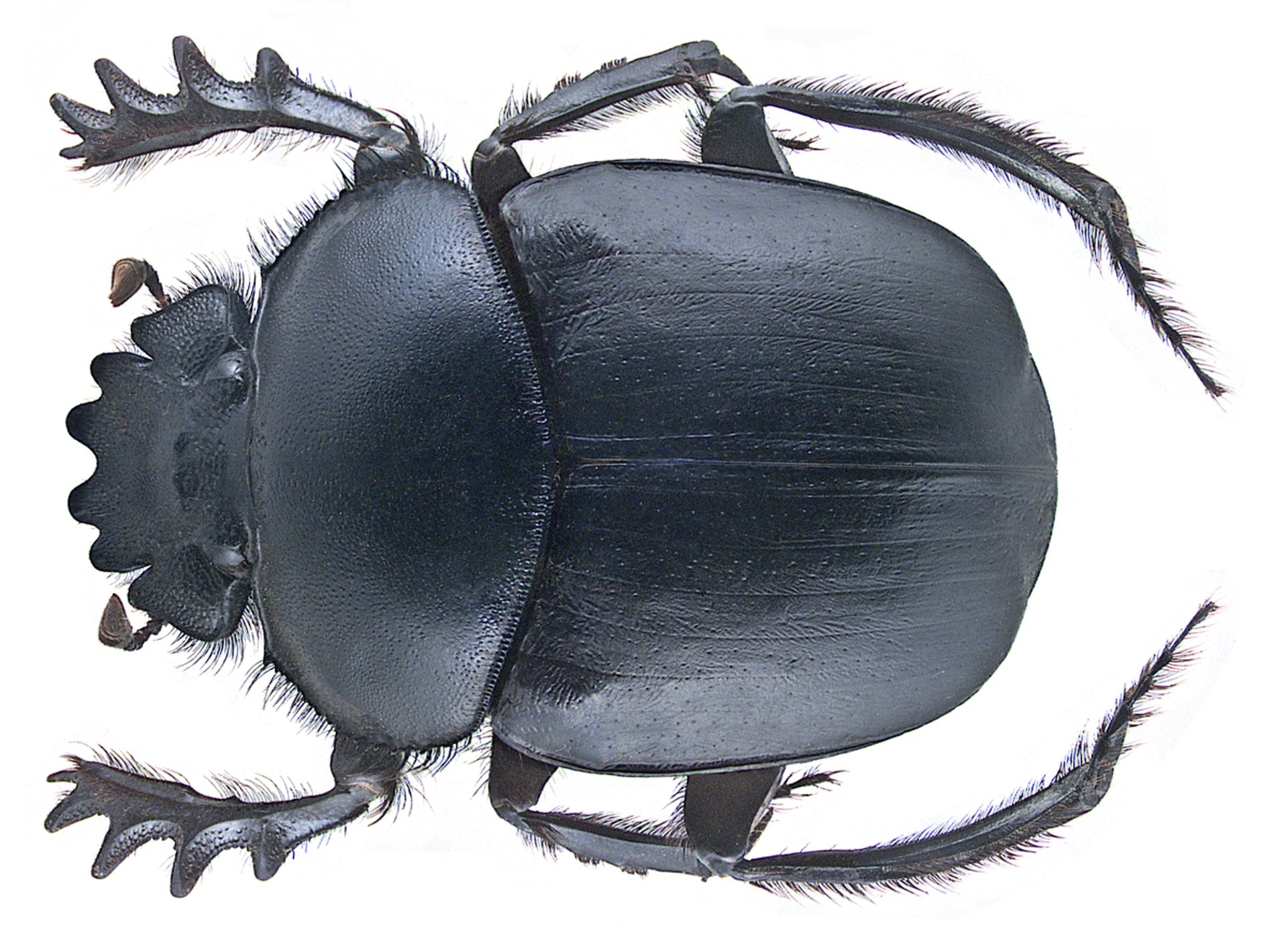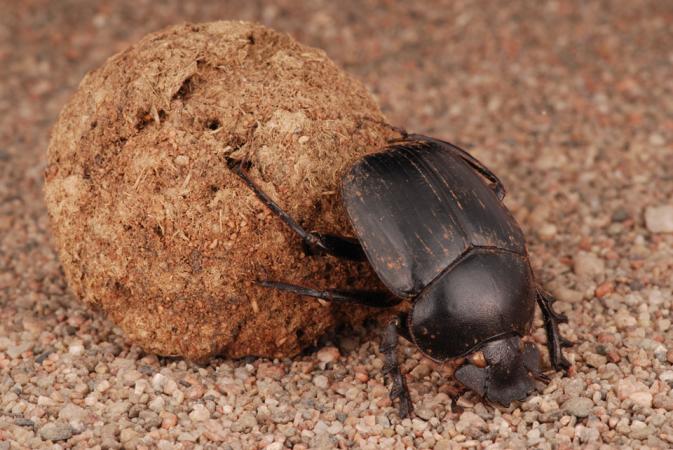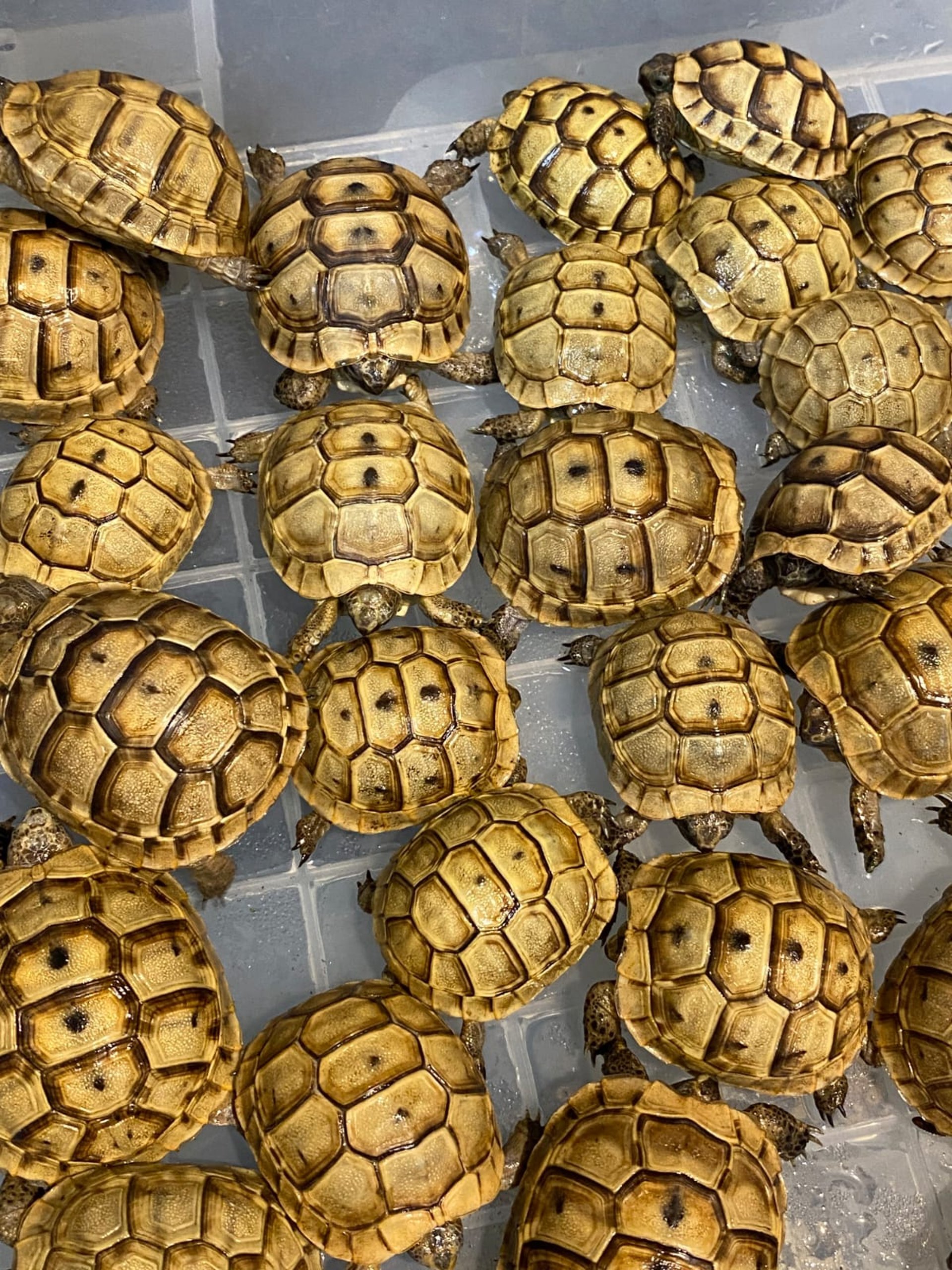
Egyptian Insects Scarabaeus Sacer Export
Scarabaeus sacer exports
10/7/20252 min read


Introduction to Scarabaeus Sacer
Scarabaeus sacer, more commonly referred to as the sacred scarab beetle, is a remarkable member of the scarabaeidae family. This species is predominantly found in the arid landscapes of North Africa and the Mediterranean region, where it has captured the attention of both scientists and cultural historians alike. The unique biological traits and impressive role in various eco-systems make this beetle a subject of great interest.
Biological Characteristics of the Sacred Scarab
This fascinating beetle displays several distinctive biological characteristics. The scientific classification of scarabaeus sacer emphasizes its importance; belonging to the family scarabaeidae, it shares kinship with numerous beetle species that have adapted remarkably to their environments. Typically measuring between 2.5 and 3 cm in length, the sacred scarab is primarily distinguished by its striking coloration and robust physique.
Scarabaeus sacer thrives in desert and arid regions, specifically in sandy soil where it can find plenty of dung—its primary food source. As a coprophagous species, the sacred scarab beetle plays a pivotal role in the ecosystem by breaking down animal waste, recycling nutrients back into the soil, and promoting plant growth. This behavior not only illustrates the beetle's essential role within its habitat but also highlights the ecological importance of dung beetles in maintaining environmental health.
The Cultural Significance of the Sacred Scarab
In addition to its biological importance, the sacred scarab beetle holds significant cultural relevance, especially in ancient Egyptian civilization. The dung-rolling behavior of scarabaeus sacer was emblematic of the ancient Egyptians’ perception of life, death, and resurrection. The scarab beetle was often associated with the sun god Ra, symbolizing immortality and the cyclical nature of life. These associations led to the sacred scarab appearing frequently in jewelry, amulets, and tomb artifacts, reflecting its revered status and the belief that it could provide protection in the afterlife.
Moreover, ancient texts often depicted the sacred scarab rolling its dung ball as a metaphor for the sun's journey through the sky. This rich cultural symbolism has cemented the beetle’s status as a powerful figure not only in Egyptian art but also across various cultures throughout history.
Conclusion: Wisdom from the Sacred Scarab
In summary, scarabaeus sacer, or the sacred scarab beetle, encapsulates both a stunning biological specimen and a significant cultural icon. Its ecological role as a dung beetle complements its ancient associations with life and the cosmos. Understanding the complexities of this species illuminates not only the intricacies of its behavior but also our shared history and relationship with nature. As we continue to study and appreciate the sacred scarab, we gain insights into the delicate balance of ecosystems and the continued importance of conservation efforts to protect such iconic species.
Get in Touch
If you have any questions, comments, or concerns, please don't hesitate to reach out to us through our contact form. We are here to assist you and provide the help you need. Alternatively, you can also send us an email for any inquiries or support you may require regarding our services. Our dedicated team is always ready to respond and ensure your needs are met effectively. We value your feedback and look forward to hearing from you soon!



